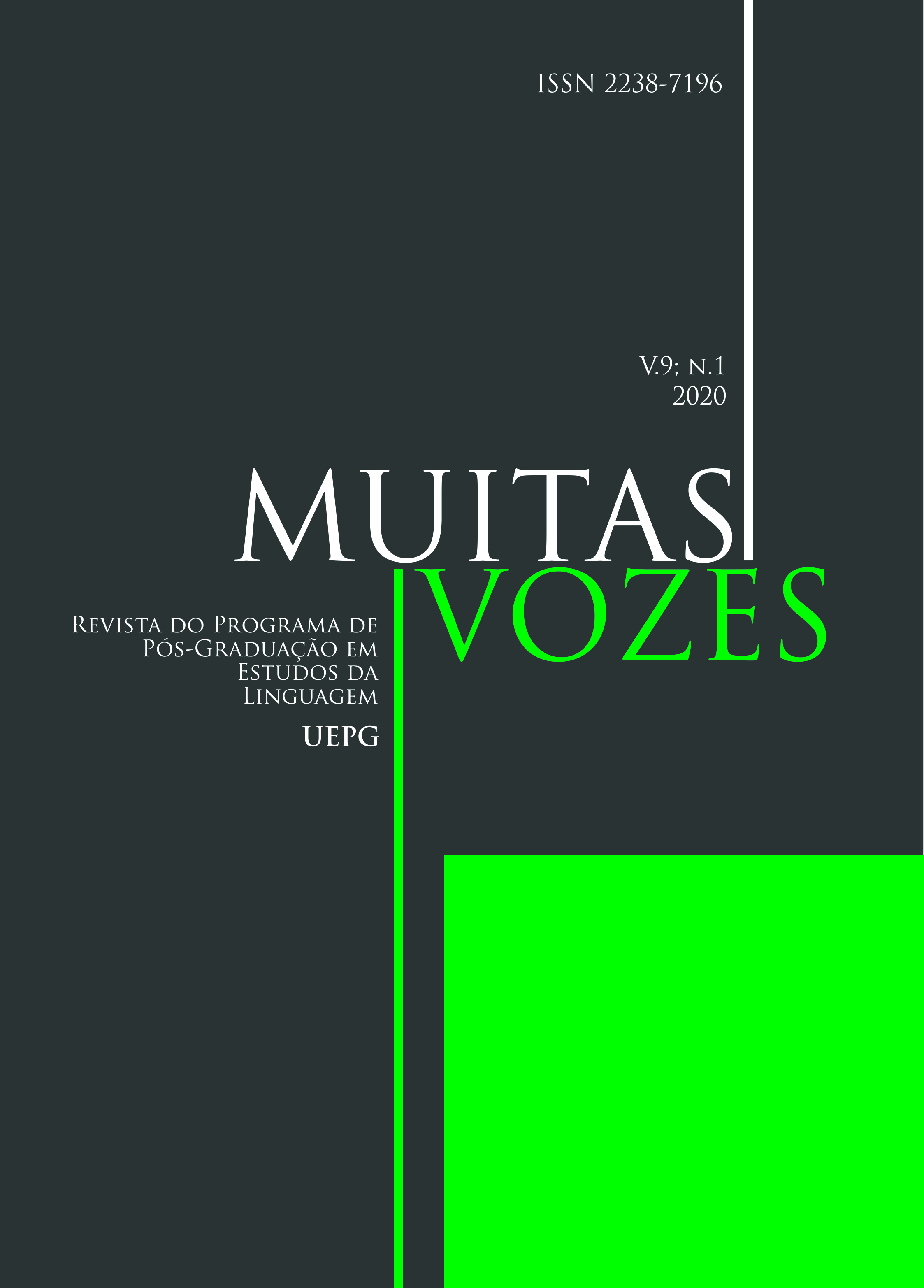“SER” AND “ESTAR” VERBS: PERMANENT-TEMPORARY CONTINUUM AND PORTUGUESE AS A FOREIGN LANGUAGE TEACHING
Abstract
The aim of this paper is to present a proposal of teaching-learning material of the "ser" and "estar" (‘to be’) verbs for using with students of Portuguese as a Foreign Language (PFL). The objective is to present the [+ permanent] - [+ temporary] continuum, having as reference the counterpoint between the prescription of normative grammars and the current uses of language in interactional contexts. The theoretical framework adopted is Use-Centered Linguistics, for which language is a complex adaptive system, a fluid structure, constituted, simultaneously, of more or less regular patterns and patterns in permanent emergence, governed by cognitive and/or communicative needs (BYBEE, 2010). Grammar is seen as a sociocultural phenomenon; its structure and its regularity are originated in the discourse and shaped in a continuous process; mastering it means not only mastering mechanisms of a morphosyntactic nature, but also processes associated with textual organization and interactional phenomena, which involve linguistic and cognitive aspects. Huback's (2011) work on these verbs in the teaching of PFL will also be used. The methodology consists of observing occurrences of the use of these verbs in various texts and organizing them in a continuum that reflects the notions of permanence/temporality that constitute them.
Downloads
Downloads
Published
How to Cite
Issue
Section
License

Este obra está licenciado com uma Licença Creative Commons Atribuição 4.0 Internacional.
Transferência de direitos autorais: Caso o artigo submetido seja aprovado para publicação, JÁ FICA ACORDADO QUE o autor AUTORIZA a UEPG a reproduzi-lo e publicá-lo na REVISTA MUITAS VOZES, entendendo-se os termos "reprodução" e "publicação" conforme definição respectivamente dos incisos VI e I do artigo 5° da Lei 9610/98. O ARTIGO poderá ser acessado tanto pela rede mundial de computadores (WWW - Internet), como pela versão impressa, sendo permitidas, A TÍTULO GRATUITO, a consulta e a reprodução de exemplar do ARTIGO para uso próprio de quem a consulta. ESSA autorização de publicação não tem limitação de tempo, FICANDO A UEPG responsável pela manutenção da identificação DO AUTOR do ARTIGO.



